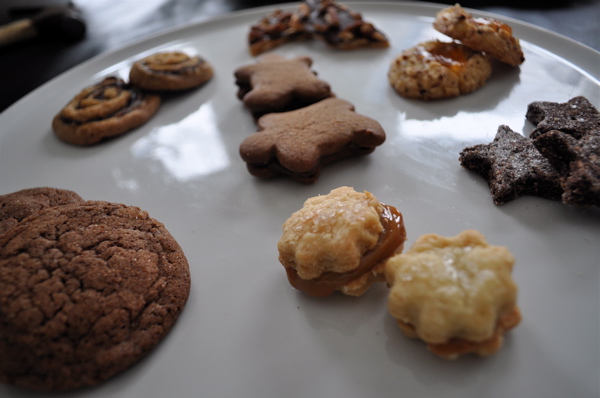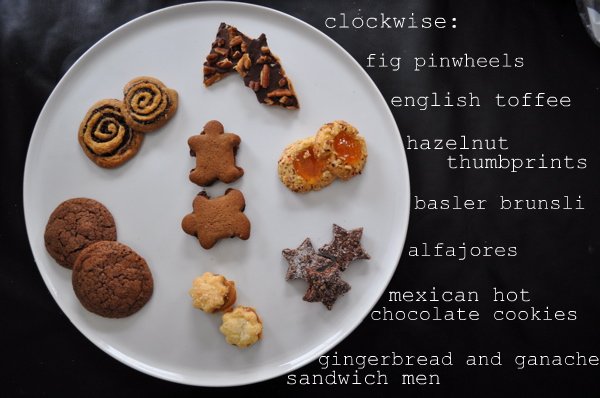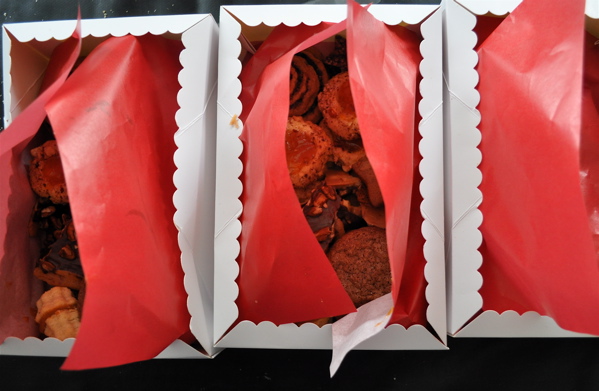Hi there! It’s me, Anna from noodlehead. If you have some time to kill today, feel free to stop by and say hi or check out my tutorials and patterns. I also want to say a huge thanks to Meg for having me over. I’ve been a long time admirer of Elsie Marley and am super honored that Meg asked me to stop by with a fun little project!
It’s a sweet and simple project you can create in time for valentines day. This would even be a great project for a beginner or for a child who’s fairly comfortable using a sewing machine.
I thought of these pillows one day after I saw some of my vintage hankies. Their colors were perfect for valentines day and I thought they would add a little bit of character to an empty chair or sofa. My mom had given me a few of the hankies and I had collected a few from local estate sales. If you’re not sure where to get vintage hankies, I suggest looking at estate sales,
etsy, or
ebay. They’re usually in pretty good condition and will be durable enough to add to a pillow After all, they were originally intended for nose blowing!
Now I’m sure there are some enthusiasts who would never do this to a prized vintage item, but for me I’d rather have them out on display where we can enjoy them more, instead of stashed in a drawer somewhere.
Let’s get started!
Materials:
- 1/2 yard linen or base fabric for making the pillow cover
- 1 vintage hankie (wash, iron, starch)
- 1/2 yard heat n bond lite (available at Joanns, even pre-packaged at walmart)
- thread, sewing machine, pins, etc.
I’ll give measurements for both a 16″ pillow form, but of course feel free to adjust these as needed for your particular hankie/pillow form.
Cutting the pieces:
- top: 16″ x 16″
- for envelope back: cut one piece 16″ tall by 14″ wide, and another 16″ tall by 11″ wide
Attaching hankie:
Apply heat n bond lite to the hankie using manufacturers directions. Fuse hankie to pillow cover top, centering hankie.
The next step can be potentially tricky, but you’ll need to sew the hankie down to the pillow cover top as close to the hankie’s edge as possible.
Depending on how your particular hankie is shaped/hemmed, you might have to take it really slow and lift the presser foot and turn as you go. You could alternately used heat n bond ultra (which requires no sewing to ensure the quality of the bond), however it will make the pillow more stiff, so I’ll just leave that up to you!
Finishing the pillow:
Next you’ll want to hem the edges of the envelope back opening. Take one piece of envelope back and press the long side over by 1/2″ towards the WRONG side of the fabric and again by another 1/2″.
Sew close to folded edge. Do this for both envelope back pieces.
Then place the pillow cover top facing RIGHT side up, on top of that layer the larger back piece RIGHT side down on top, aligning raw edges. Then place the smaller envelope back piece over that, also RIGHT side down. Pin. Sew around entire perimeter using a 1/2″ seam allowance.
Serge or use a zig zag stitch around edges to finish them off so they don’t fray in the wash, clip corners. Press. Insert pillow form and enjoy!







































